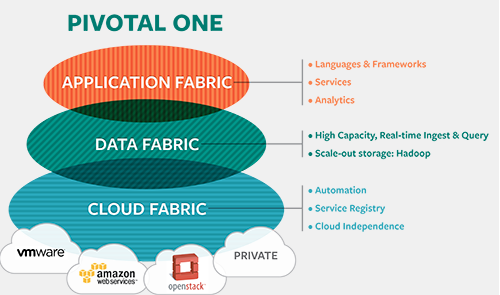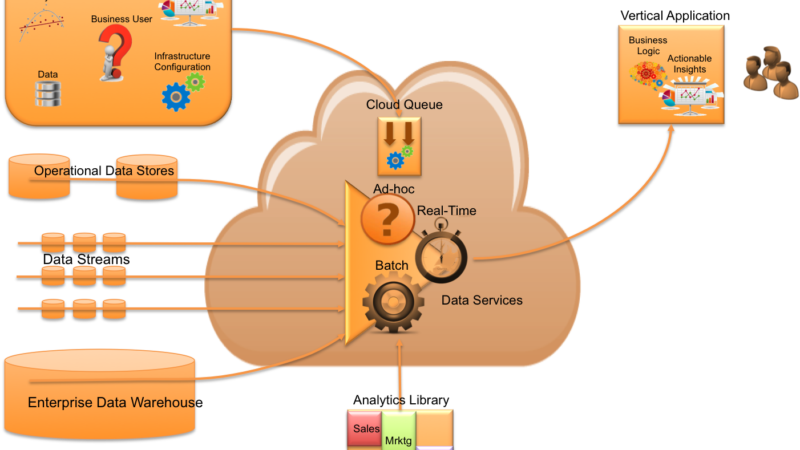SIs are the gateway into large enterprise for new cloud vendors
Go To Market
What is your go-to-market strategy?
Are you a SaaS vendor who is servicing small-to-medium sized businesses?
Do you have an enterprise software product with relatively small transaction sizes (e.g. $5K-$50K)?
Or….
Are you servicing Fortune 1000 enterprises with a footprint and transaction price that requires a direct sales force savvy with the enterprise sales process?
If you are a startup, I suspect that no matter how strong of a team you have, or Board members you have, or investors backing you….you’ll be servicing small and medium sized businesses. Big enterprise will not bet on a startup. Reach $10M in revenue with SMBs and then raise Private Equity or Tier 1 VC funding of substantial size and you can reach an “escape velocity” which gets you an audience with “Big Enterprise”.
Unfortunately, I suspect that unless you have properly capitalized your company, or are already publicly-traded with resources at your finger-tips, entering the Fortune 1000 data center or migrating mission-critical applications onto your SaaS platform will be difficult.
System Integrators like Accenture, CSC, Capgemini, Infosys and the like can be your entry into big business. But then, how do you partner with SIs?
Having been involved with many of the world’s largest system integrators and consultancies, I have seen many projects that developed new custom applications for clients as well as ones that implemented a commercial off the shelf (COTS) (a.k.a., packaged software) solution to meet their changing business needs. There are two primary business drivers for the system integrator to want to partner with an enterprise software company:
- It allows them to engage in a project that adds to their revenue. If the system integrator supports the implementation of the packaged software solution, they will have two additional revenue opportunities. The first is by providing business process subject matter experts that can provide high-value consulting on how to take advantage of the new system and transform the business operations.
- Typically companies buying new software solutions need them integrated with existing legacy systems that, for example, may contain customer data or handle warehouse processes. This point to point integration work, even with newer service oriented architectures, requires significant effort to develop and verify. And again, if the system integrator has been with the customer for years, they typically were the ones that built the original systems and know them well and thus can position themselves as the right team to do the project.
Depending on the system integrators sales approach, many will want to do business with their customer for life, being a trusted advisor and partner that can provide support on any initiative. Given this, it is also in their interest to participate in any new system roll-out as the company adopts new approaches, technologies, or software solutions.
SI Profiles
System integrators are typically going to be divided into two buckets:
- Those that target large companies with large IT budgets and
- Those that target the small and medium size business segment.
It’s important to identify where your software fits best as you’ll want to align with partners that target the same customer segment. The larger system integrators may seem daunting to approach, and a software company may not believe they have anything to inspire engagement, but that would be short sighted.
Most of the large system integrators still follow a partner or account executive type hierarchy where individuals are responsible for growing an existing account or market segment. Because of this, the individual will be interested in anything that helps them grow their business.
Rather than try to ring the bell of the large enterprise, you might want to first find an SI that you know is already engaged with your target customer and identify the account executive in the SI.
If you have a large enterprise account that is interested in your solution, but would get even more excited with an SI partner, bring that opportunity to the SI where they can get involved with the implementation. Following a successful implementation, you can work with your new contact to further establish the relationship across their company.
Centers of Excellence
Most SIs will have Centers of Excellence (COEs) that research industry trends and technologies and provide their service organizations with “advanced R&D” like support. They typically perform technology assessments and introduce new partnerships to the revenue-generating business units. They help sales respond to RFPs. You can engage with COEs to get involved in emerging markets and become part of the RFP process upfront.
Big Enterprise and their SI partners
SIs will have hundreds of people on staff at any particular enterprise. Some of the bigger SIs typically only work with enterprises that generate a minimum of $50M per year per account. For example, an SI with $6B in annual revenue would, on average, service only a 100 accounts. In some cases, a single SI will be a preferred partner where all projects are routed through them first before other candidates are considered. Make sure you understand who the “preferred SI” is for any given Fortune 1000 enterprise you are engaging.
SIs and Smaller Software Vendors
Because SIs have to be product neutral by definition and provide a trusted and agnostic review of potential solutions, they need to partner with several best-in-class providers in any technology or solution segment (usually no more than five). Therefore, it is VERY reasonable to pursue relationships with larger System Integrators….asumming that you can make a case that you are in the top 5!
In fact, the success of a smaller, fledgling software vendor may hinge on their ability to respond to custom integration requests. Without an SI, you will find yourself staffing up to support custom professional services or even worse, leveraging your development team to support customer requests for customization. I find this to be the death of most.
Other related articles:
- Cloud Prophecies: The Cloud Era
- SaaS offerings will dominate market (greater value with the end-user application)
- Private Cloud Will Drive the Bulk of Revenue in the datacenter (sorry Amazon)
- Platform as a Service = Application Focus = $True Value (IaaS is dead)
- Financial will drive commercial innovation in Private Cloud
- Government and Manufacturing will lead in Public Cloud (SaaS)
- Power of IT shifts to Application Developers
- System Integrators turn into Managed Service Providers (with Cloud)
- SIs are the gateway into large enterprise for new cloud vendors
- Open (driving more commodity) will become key For the Channel





2 thoughts on “SIs are the gateway into large enterprise for new cloud vendors”
Comments are closed.